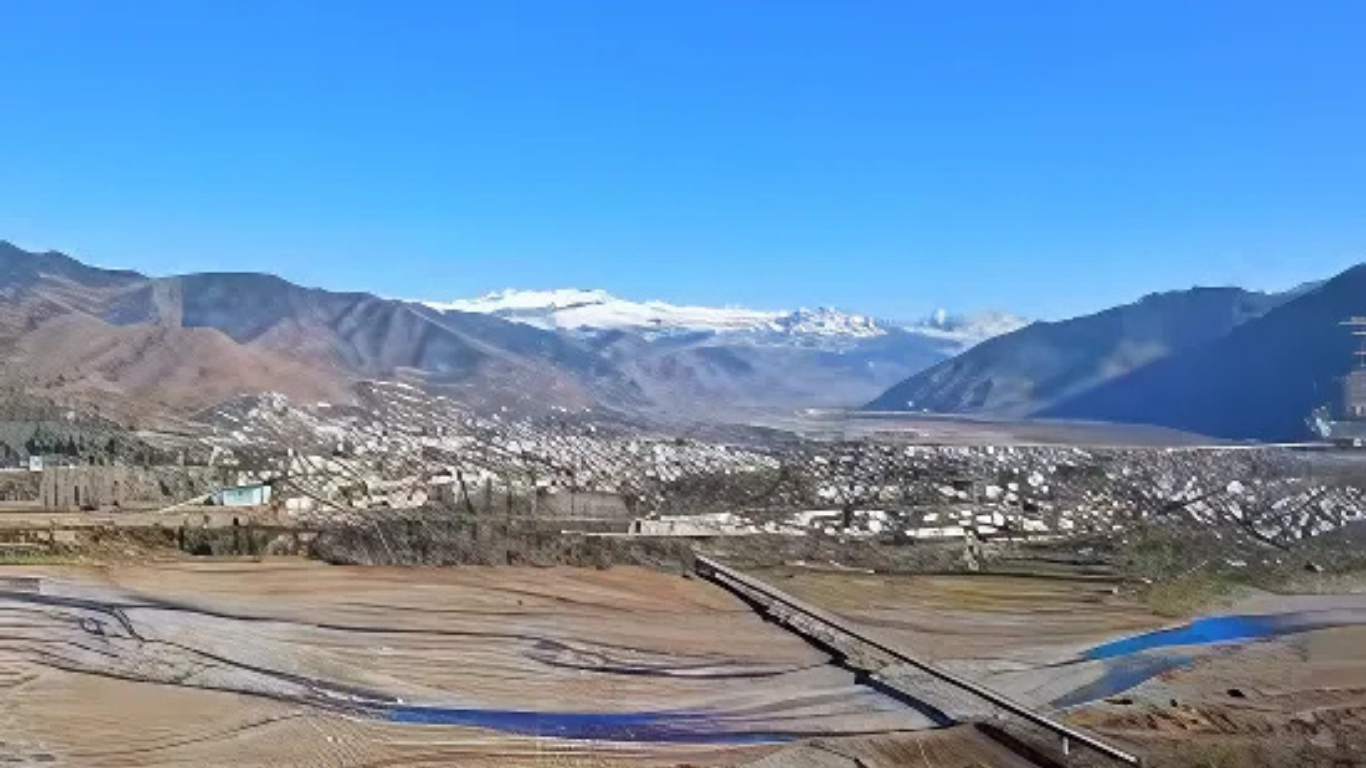Tensions along the Line of Control (LoC) in Jammu and Kashmir have resurfaced following Op Sindoor, an assertive military response by the Indian Army targeting infiltration routes and launchpads. The operation, which unfolded in the sensitive Poonch sector, has reignited the debate around cross-border terrorism and state complicity, placing Pakistan under renewed international scrutiny. The loss of an Indian Army Jawan during Op Sindoor adds a layer of emotional gravity to the strategic and diplomatic dimensions of the conflict.
While Op Sindoor underscores India’s tactical readiness, it also raises pressing questions about regional stability, the use of asymmetric warfare, and the future of Indo-Pak relations in an era of advanced defense technologies and information warfare.
This blog explores the timeline, strategic objectives, aftermath, military technology, and global implications of Op Sindoor, all while honoring the sacrifice of the Indian soldier who laid down his life in defense of the nation.
The Strategic Context of Op Sindoor
India’s security forces have long faced the challenge of securing the LoC from continuous infiltration attempts. The Poonch district, due to its rugged terrain and proximity to known terror launchpads across the border, remains a hotbed for such incursions.
Op Sindoor was not a random reaction but a preemptive strike rooted in strategic intelligence. It aimed to dismantle terror launch infrastructure, disrupt infiltration logistics, and send a clear message against proxy warfare.

Objective of Op Sindoor
- Neutralize the terror infrastructure near the LoC
- Preempt infiltration attempts
- Send a deterrent message to sponsors of cross-border terrorism
The operation was initiated after credible intelligence inputs indicated the movement of armed militants from Pakistani territory into Indian-administered regions. By deploying troops under the garb of a well-planned tactical maneuver, India reaffirmed its policy of zero tolerance towards terrorism through Op Sindoor.
The Ground Report: Clash in Poonch
Despite the strategic success of Op Sindoor, the loss of an Indian Army Jawan in the line of duty served as a sobering reminder of the human cost of sustained border conflicts. Reports indicate that during an encounter with infiltrators in the dense forest region of Poonch, a fierce gunfight ensued, leading to casualties on both sides.
The Indian Army soldier, whose identity was withheld pending family notifications, was martyred while pushing back against well-armed infiltrators. His valor and commitment echo the ethos of India’s armed forces and mark the ultimate sacrifice made during Op Sindoor.
The encounter site was part of a broader operational area targeted under Op Sindoor, and post-incident investigations suggested a coordinated attempt from across the border.
Pakistan’s Role and Global Scrutiny
Renewed Questions on State Complicity
The aftermath of Op Sindoor has once again put Pakistan’s role under the microscope. India maintains that the infiltrators had logistical support and a haven across the border. These assertions, though not new, are increasingly backed by satellite data, electronic surveillance, and ground intelligence.
Pakistan’s repeated denial of involvement contrasts with the mounting evidence of terrorist camps operating with state tolerance or covert support. Global think tanks and watchdogs have also begun citing increased militant activity in areas near the LoC, adding weight to India’s claims emerging from Op Sindoor.
Diplomatic Fallout
In the days following Op Sindoor, India reached out diplomatically to key international players, sharing dossiers and satellite evidence to bolster its stance. The Ministry of External Affairs emphasized the right to defend national sovereignty and urged the global community to hold sponsors of terror accountable.
Meanwhile, Pakistan’s foreign office issued a rebuttal denying any role and called for de-escalation. The familiar diplomatic deadlock has returned, but the tone is sharper, and international patience is thinner as a result of Op Sindoor.
Technology Behind Op Sindoor
Use of Advanced Surveillance
Op Sindoor relied heavily on real-time surveillance technology, including drone mapping, satellite imaging, and AI-powered threat detection. These tools enabled precise targeting, reduced collateral damage, and provided actionable intelligence before boots hit the ground.
Signal Intelligence (SIGINT) and Cyber Ops
India’s military tech ecosystem has significantly evolved, with cyber and signal intelligence units now playing a key role in border security. Monitoring communication channels and detecting unusual frequencies gave Indian forces the edge in predicting infiltration routes during Op Sindoor.
Ground Combat Technologies
Modern assault rifles, thermal imaging scopes, night vision gear, and secure communication devices empowered Indian troops during Op Sindoor. The terrain in Poonch is challenging, and technology provided the much-needed tactical advantage in close-quarter battle situations.
Public and Political Response
Tribute to the Martyred Jawan
The martyrdom of the Indian soldier during Op Sindoor evoked strong reactions across the country. Social media platforms were flooded with tributes, while political leaders across party lines offered condolences and salutes to his bravery. Candlelight vigils and memorial marches were held in several cities to honor his sacrifice.
His story has now become a symbol of India’s resilience and the sacrifices made during missions like Op Sindoor.
Parliament and State Reactions
The incident was raised in both houses of Parliament, with several Members of Parliament (MPs) urging the central government to adopt a tougher stance against cross-border provocations. Calls for enhanced military funding and a review of the ceasefire agreement were also made.
State leadership in Jammu & Kashmir reinforced their support for the armed forces and appealed for calm among civilians living in border areas.
Strategic Outlook
India’s Tactical Posture
Op Sindoor reveals an aggressive-defensive shift in India’s border management strategy. By combining preemptive strikes with intelligence-led operations, the Indian Army is signaling a low tolerance for infiltration and proxy warfare.
This posture is likely to continue and perhaps intensify if further violations are detected. Lessons learned from Op Sindoor will guide future responses to cross-border threats.
Military Modernization
The Indian Army has accelerated its modernization roadmap, focusing on:
- Smart border surveillance systems
- AI-based reconnaissance tools
- High-altitude combat readiness
- Tactical drones and unmanned ground vehicles
Op Sindoor is likely to serve as a case study in military training institutions for future anti-infiltration efforts.
International Reactions
U.S. and European Allies
India’s key allies in the West, including the United States, France, and the UK, issued guarded statements condemning terrorism and urging restraint. While these statements did not directly name Pakistan, they reflected increasing discomfort with persistent regional instability originating from cross-border elements, particularly in the wake of Op Sindoor.
United Nations Watch
The United Nations urged both nations to exercise restraint but also acknowledged India’s right to self-defense in the context of counter-terror operations. There is growing recognition globally that terrorism originating from non-state actors cannot be shielded by geopolitical ambiguity, especially after missions like Op Sindoor.
Civilian Impact in Poonch
Impact on Locals
Operations near civilian zones often create fear and disruption. In Poonch, local residents reported heavy movement of troops, restricted mobility, and intermittent communication blackouts. While these are precautionary measures, they add to the psychological toll on border populations.
However, many locals expressed support for the Indian Army and stated their readiness to cooperate during future operations such as Op Sindoor.
Rehabilitation and Support
The Army has initiated measures to ensure minimal civilian impact, including setting up temporary shelters, providing medical aid, and involving local leaders in communication drives to counter misinformation.
Strategic Outlook
Op Sindoor is a stark reminder that the peace along the LoC is fragile and constantly tested. The loss of an Indian Jawan has reignited national resolve, even as it brings sorrow and gravity to an already tense situation. While Pakistan continues to deny involvement, the international community is increasingly unwilling to accept ambiguity in the face of growing evidence and repeated incidents.
India’s response in the form of Op Sindoor reflects a calibrated, tech-enabled military strategy that balances tactical aggression with diplomatic engagement. It’s a sign that the battlefield is no longer just physical; it’s digital, psychological, and deeply geopolitical.
Going forward, the focus must remain on enhancing intelligence capabilities, strengthening border infrastructure, supporting soldiers and civilians, and leveraging global alliances to hold terror-sponsoring regimes accountable.
Op Sindoor has made its mark in India’s modern military narrative a blend of courage, clarity, and cutting-edge combat readiness.
















